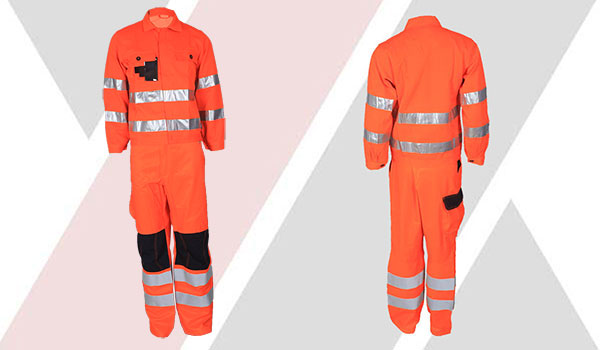


A level protection
The highest level of respiration, skin and eye protection:
Provide breathing gas (SCBA or gas pipeline); fully enclosed chemical protective clothing; inside and outside chemical protective gloves; chemical protective boots; safety helmet.
In the following case, a A grade anti - arc wear must be worn:
It can be detected that there may be a high concentration of steam, gas, and dust environment; it may be accidentally spattered, soaked or exposed to steam, gas and dust, causing damage to the skin or absorbed by the skin; it may cause serious damage to the skin, and the face can not avoid contact with the skin at the same time; working environment. The poor ventilation effect needs the protection of A grade.
B level protection
The same level of respiratory protection, skin protection is the worst, and the lowest level of protection is in dealing with dangerous goods.
Providing breathing gas (SCBA or gas pipe):
Splash proof clothing; chemicals; chemical protective gloves inside and outside; chemistry; safety helmets.
The following must be worn:
The IDLH environment (inhaled only) does not cause serious skin damage, nor does it meet the conditions for making it a filter. Substances with known contact properties and concentrations require high respiratory protection, low skin protection, and oxygen concentration below 19.5%. The instrument can not detect steam or gas completely, but it is harmless to the skin or not absorbed by the skin.

D level protection
No respiratory protection, minimum skin protection:
Conjoined suits; chemical protective gloves; chemical protective boots; safety glasses or eyeglasses; safety helmets.
The following situation needs to be worn:
There are no known harmful gases in the atmosphere; no liquid spills out, immersing or touching any hazardous chemicals in the working environment.
PREVIOUS POSTAnti Arc Damage “Ten Guidelines”
PREVIOUS POSTAn Encyclopedia of Anti – Arc Knowledge